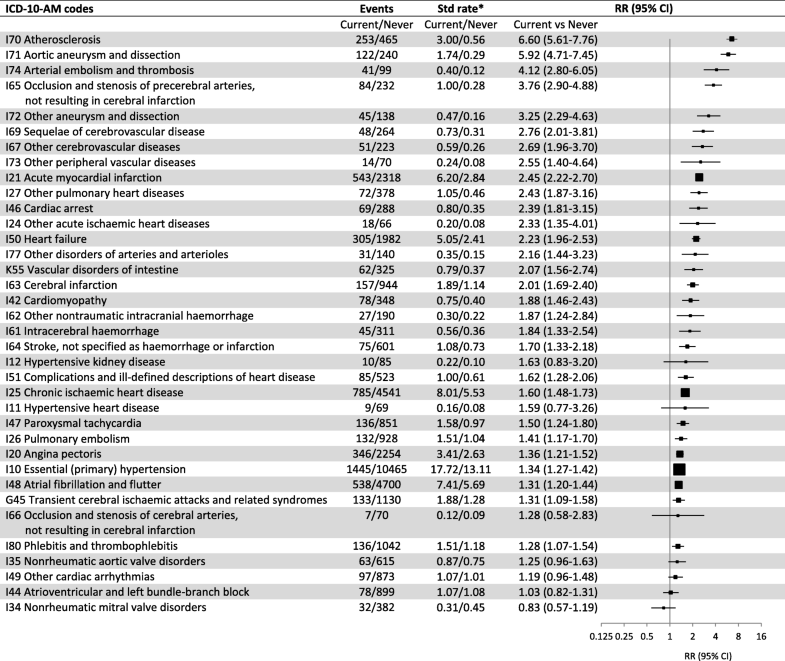

Atrial fibrillation (AF) is a subtype of SVT that causes an irregularly irregular heart rhythm. Examples of SVT include atrial flutter, atrial fibrillation (AF), atrioventricular nodal reentrant tachycardia (AVNRT), also known as paroxysmal supraventricular tachycardia (PSVT), atrioventricular reentrant tachycardia (AVRT), and multifocal atrial tachycardia (MAT). All pathological arrhythmia can be further classified based on heart rate into tachyarrhythmia (fast), bradyarrhythmia (slow), or tachy-brady (fast-slow) arrhythmia.Īll tachyarrhythmia originating above the ventricles, including atria and atrioventricular node (AV node), are grouped under supraventricular tachycardia (SVT). As the name suggests, sinus arrhythmia originates from the sinus node, but the regularity between each heartbeat varies with inspiration and expiration. Arrhythmias are almost always pathological except sinus arrhythmia, which is physiological. Abnormal heart rate or rhythm, which is not physiologically justified, is known as arrhythmia. The stimulus for each heartbeat commonly originates from the sinus node in the right atria, hence the name sinus rhythm. The succession of 3 such regular heartbeats displaying identical waveform leads to a steady rhythm.
#Parozysmal atrial flutter icd 10 series
A normal heartbeat consists of a sequential contraction of atria followed by ventricles in a series of cardiac cycle events.


 0 kommentar(er)
0 kommentar(er)
